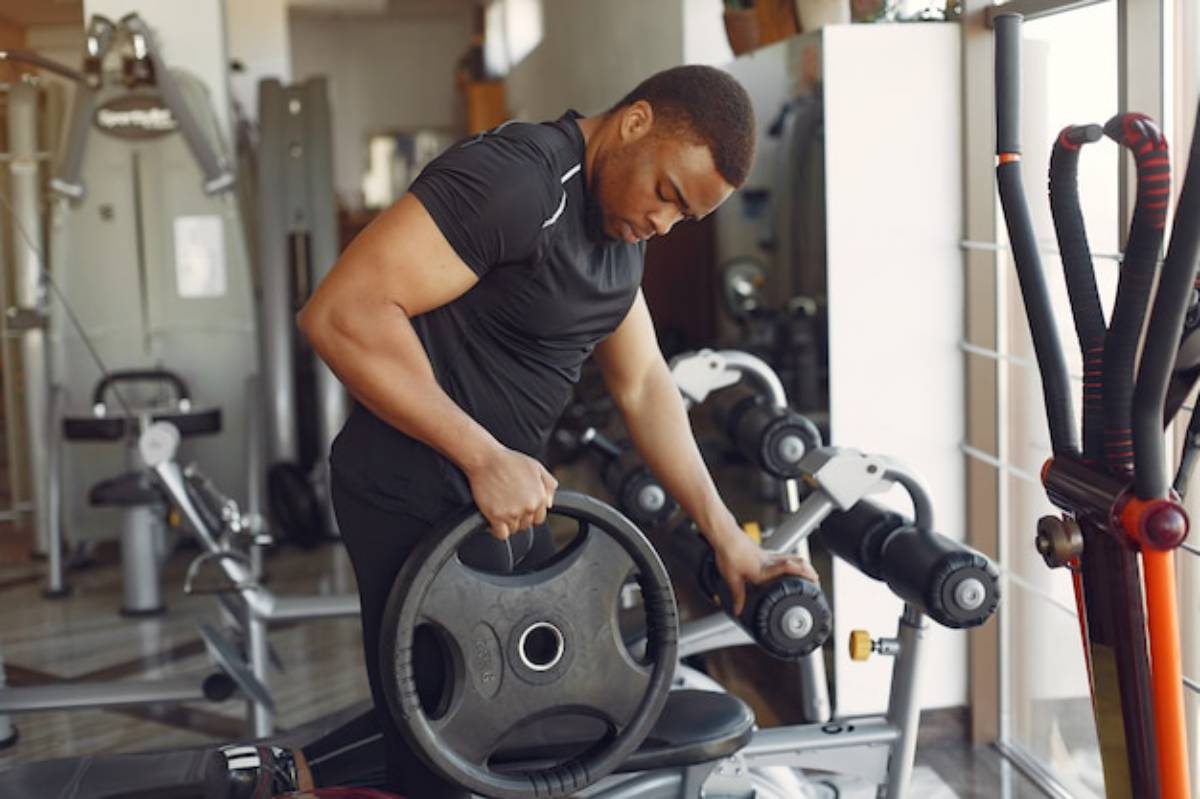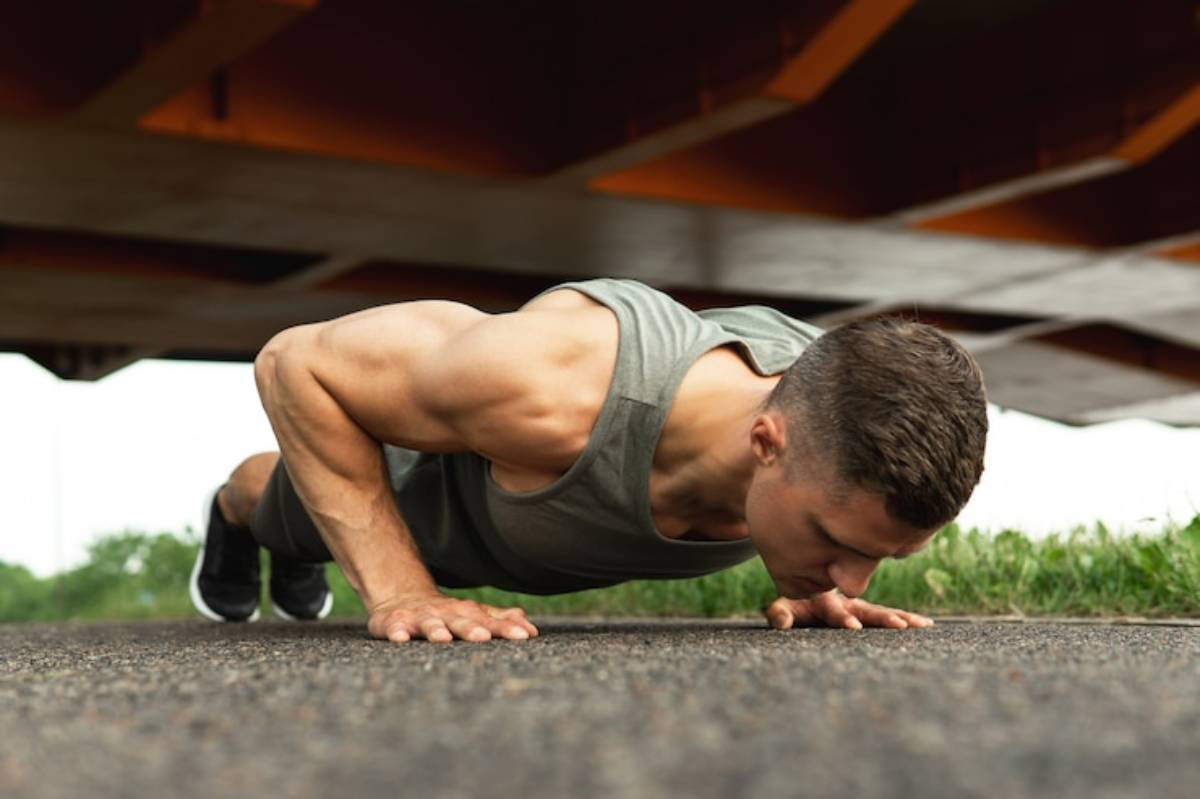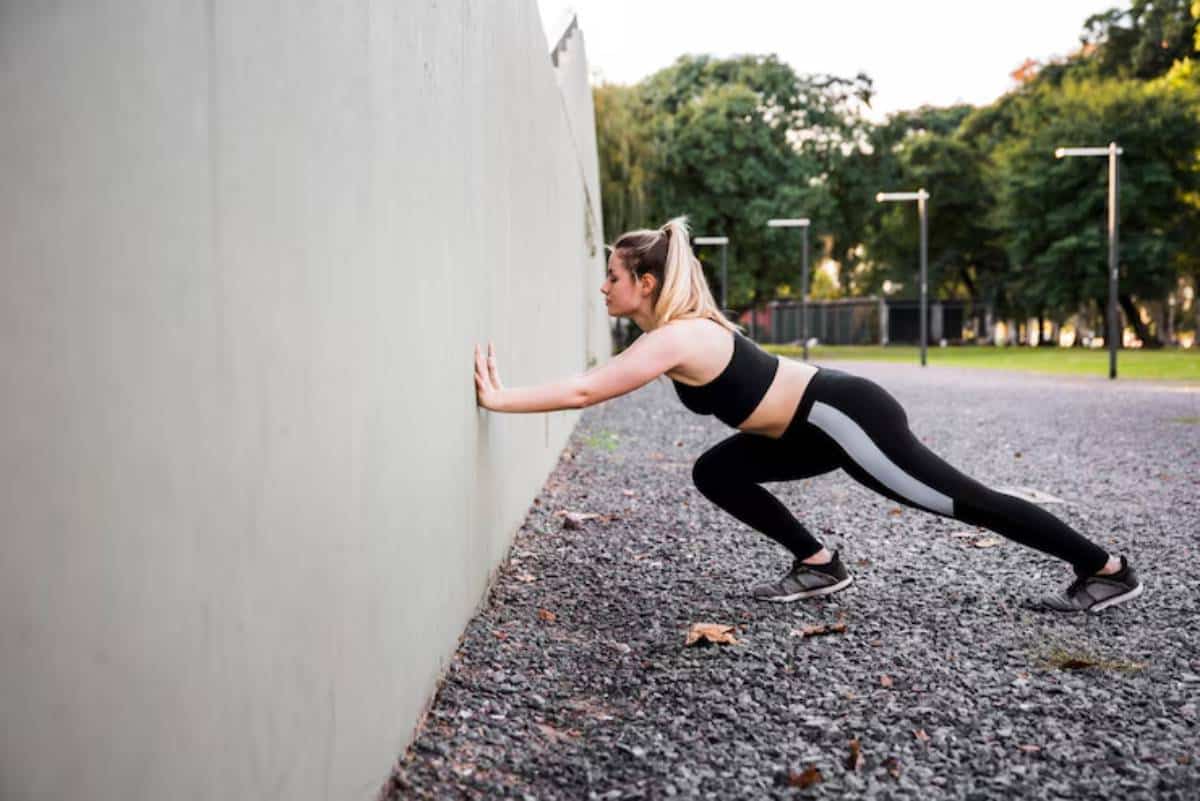
Isometric Upper Body Drills for Arm and Shoulder Power
Imagine holding a push-up, arms shaking and shoulders burning, but you won’t give up. That’s isometric training at its finest. It’s not about how much you move, but about holding strong when your muscles want to give in.
Bodyweight shoulder isometrics can be a game-changer for athletes or anyone wanting to build arm strength without weights. Static holds boost strength and improve joint stability. They also enhance endurance, which is key for performance and daily activities.
In this guide, we’ll explore the science of upper-body isometric training. We’ll cover effective drills and teach you how to use static holds. This will help you build strong arms and shoulders that last. No fancy equipment needed — just you, your body, and a bit of grit.
What Is Isometric Training for the Upper Body?
Let’s start with the basics. Isometric training involves holding a muscle contraction without movement. Dynamic exercises lengthen and shorten your muscles. Isometrics keep them under constant tension.
For the upper body, this translates to exercises like:
- Holding a push-up at the bottom.
- Pausing in the middle of a pull-up.
- Maintaining a shoulder press hold.
These static holds recruit stabilising muscles, build endurance, and strengthen connective tissue. Think of them as your body’s secret weapon for strength without motion.
Why Focus on Isometric Upper Body Drills?
You might be asking, “Why not just do push-ups or overhead presses?” Great question. Dynamic movements are important, but isometric exercises bring unique benefits. They can enhance your routine.
Key Benefits of Isometric Upper Body Training:
- Improves joint stability: Holding positions strengthens the muscles supporting your shoulders and elbows.
- Enhances muscle endurance: Static holds challenge your stamina and help prevent fatigue.
- Boosts strength at sticking points: Ever struggle with the bottom of a push-up? Isometrics strengthen those weak links.
- Accessible and low impact: No need for weights or equipment, and it’s gentler on your joints.
A study in Sports Medicine (Oranchuk et al., 2019) showed that isometric training boosts strength. This effect is especially strong at the joint angles where the holds happen.
The Science Behind Arm Strength Without Weights
When you are under tension, your muscle fibres fire continuously to maintain stability. This constant engagement increases motor unit recruitment, which translates to more strength.
How It Works:
- Neural adaptations: Your nervous system learns to engage more muscle fibres more efficiently.
- Improved tendon and ligament strength: These connective tissues adapt to support the load. This reduces injury risk.
- Increased time under tension (TUT): This is key for hypertrophy (muscle growth) and endurance.
Working on bodyweight shoulder isometrics and arm strength builds a strong upper body. This strength supports tasks like lifting groceries and doing athletic moves.
Foundational Isometric Upper Body Drills
Let’s explore some upper body isometric exercises that pack a punch — no equipment required.
1. Push-Up Hold (Bottom Position)
- Targets: Chest, shoulders, triceps, core.
- Why it works: Builds strength at the most challenging part of the push-up.
How to do it:
- Start in a high plank position.
- Lower yourself halfway down (elbows at a 90-degree angle).
- Hold, keeping your core tight and elbows close to your body.
Hold time: 20–45 seconds.
2. Wall Handstand Hold
- Targets: Shoulders, triceps, upper back, core.
- Why it works: Develops overhead pressing strength and shoulder stability.
How to do it:
- Kick up into a handstand against a wall.
- Keep your body in a straight line, core engaged.
- Press firmly through your shoulders.
Hold time: 20–60 seconds.
Variation: If a full handstand feels daunting, start with pike holds (hips above shoulders in a push-up position).
3. Bent-Arm Hang (Pull-Up Hold)

- Targets: Lats, biceps, shoulders, grip strength.
- Why it works: Strengthens the upper back and arms, particularly at the sticking point of a pull-up.
How to do it:
- Pull yourself up until your chin is over the bar.
- Hold the position, keeping your chest up and shoulders engaged.
Hold time: 15–30 seconds.
4. L-Sit Hold
- Targets: Shoulders, triceps, core, hip flexors.
- Why it works: This gymnastic move builds full-body isometric strength, particularly in the upper body.
How to do it:
- Sit on the floor with your legs extended.
- Place your hands beside your hips and press into the floor.
- Lift your body off the ground, keeping legs straight and parallel to the floor.
Hold time: 10–30 seconds.
5. Reverse Plank Hold
- Targets: Shoulders, triceps, posterior chain.
- Why it works: Balances out the forward-facing stress from push-ups and overhead movements.
How to do it:
- Sit on the floor, legs extended, hands behind you (fingers facing forward).
- Lift your hips, forming a straight line from shoulders to heels.
- Press through your shoulders and hold.
Hold time: 30–45 seconds.
Structuring Your Upper Body Isometric Workout
Here’s a sample isometric upper body routine that builds arm strength without weights and supports shoulder power.
| Exercise | Hold Time | Sets |
| Push-Up Hold | 30 seconds | 3 |
| Wall Handstand Hold | 30–45 seconds | 3 |
| Bent-Arm Hang | 20–30 seconds | 3 |
| L-Sit Hold | 15–20 seconds | 3 |
| Reverse Plank Hold | 30–45 seconds | 3 |
Rest: 30–60 seconds between exercises.
Frequency: 2–3 times per week.
Pair these static holds with dynamic upper body moves. Try push-ups, dips, or pull-ups. This creates a balanced routine.
Progressing Your Isometric Upper Body Drills
To continue improving:
- Increase hold time: Add 5–10 seconds each week.
- Add movement: Try transitioning in and out of holds (e.g., push-up hold to push-up reps).
- Change angles or leverage: Elevate your feet or adjust hand positions for added difficulty.
- Incorporate instability: Use rings or a wobbly surface to engage more stabilising muscles.
Common Mistakes in Isometric Training
- Compromising form for time: Always prioritise alignment over duration.
- Holding your breath: Remember to breathe steadily throughout.
- Neglecting recovery: Isometric holds are taxing — ensure proper rest and stretching.
Conclusion: Build Arm and Shoulder Power With Isometrics

Training arm strength without weights isn’t just possible. It’s effective and empowering. By incorporating bodyweight shoulder isometrics and upper body static holds, you’ll build strength, endurance, and resilience in your upper body.
These exercises don’t just work your muscles. They enhance your focus, stability, and mental grit. Whether you’re an athlete or someone seeking functional fitness, isometric upper body training has something to offer.
Ready to harness the power of static holds? Give these drills a go and experience the benefits firsthand. Got a question or a success story? Drop it in the comments how isometric training is transforming your fitness journey. And if this guide helped you, share it with someone who’s ready to level up their arm and shoulder power!


